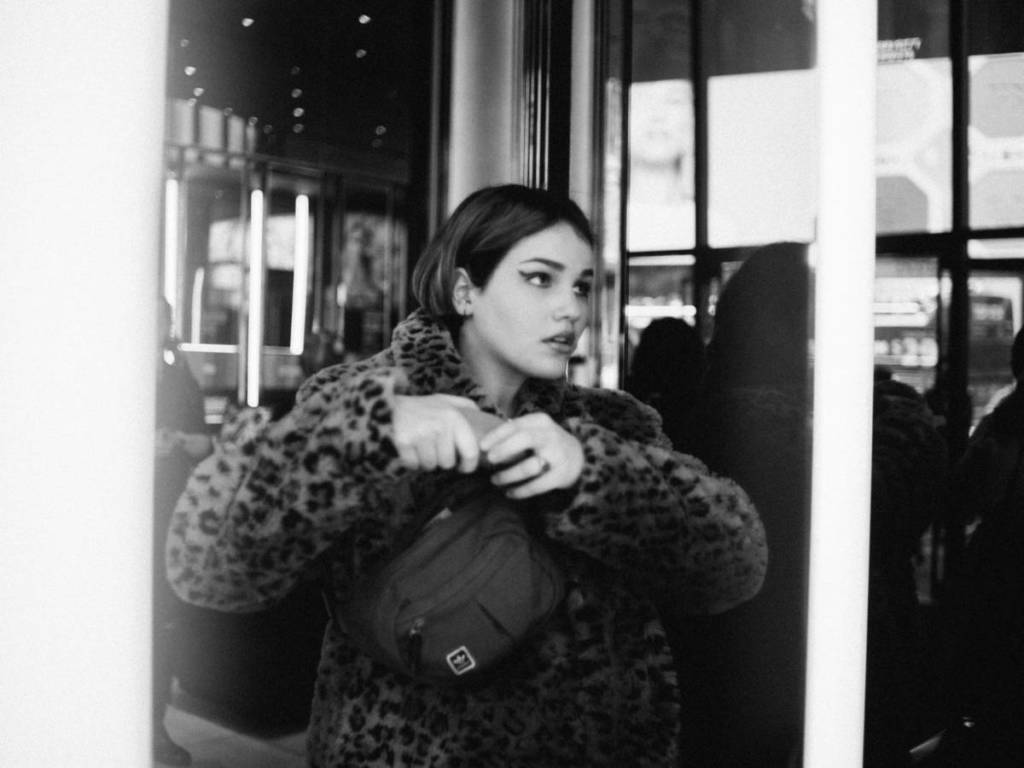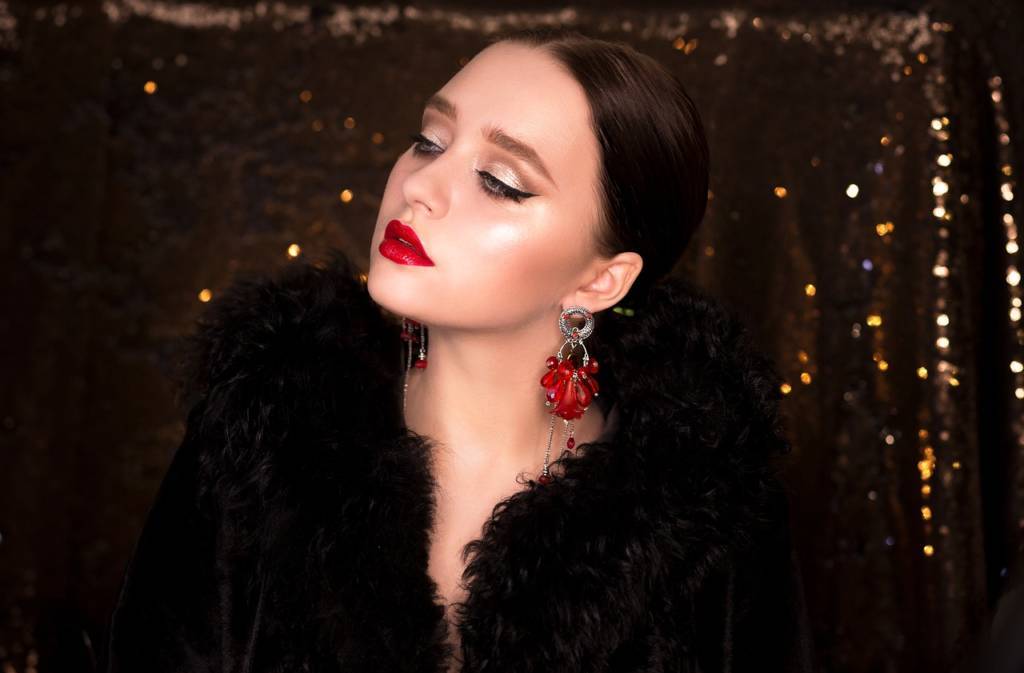 Fur coats have been used for the longest time to protect the body from harmful climatic conditions such as hail and storms. Fur garments remained popular over the years because of their symbol for strength and power. Earlier societies wore fur coats as garments for royal families.
Fur coats have been used for the longest time to protect the body from harmful climatic conditions such as hail and storms. Fur garments remained popular over the years because of their symbol for strength and power. Earlier societies wore fur coats as garments for royal families.
It was in the early 1900s when the use of fur was popularized worldwide as designers abundantly put them in collars, bags, and coats. Today they are used not only to provide heat during winter, but mink fur coats for women are also seen to signify status and luxurious lifestyle.
And of course, high-quality mink fur coats can only maintain its beauty if it is treated with delicate care.
Here are 15 tips you need to follow to make sure they are always in their top health!
- Be sure to wear it with care and keep an eye out for sharp objects that can tear it. It is also safe to avoid movements that stretch out the lining too much.
- Do not pin jewelry in the coat, especially for long periods. This can tear off the lining and cause the fur to go bald.
- Avoid putting a strong fragrance and hairspray on the fur coat. These contain harmful chemicals such as alcohol and oils that can penetrate and dry up the coat’s skin.
- Avoid making makeup smudges on the coat. Make sure to wear a scarf around your neck if you plan on wearing heavy makeup so it doesn’t touch your coat.
- Carry bags that do not have straps such as small handbags or wallets. Friction with the straps affects the quality of the coat, which can result in some wearing off.
- When storing your fur coat, do not store it in a warm environment. Fur does not go well with heat.
- If your coat gets soaked in water, bring it straight to a fur cleaner and do not dry it on your own. Too much moisture can cause your mink coat to shrink and develop bald patches.
- In your closet, use broad padded hangers when hanging your fur coat. Be sure not to cover it with plastic bag as fur needs oxygen to stay in top quality.
- Do not bring your coat to a dry cleaner but specifically, a fur cleaner. Professional fur cleaners are better at taking care of fur coats as these need unique and specific attention.
- Avoid wearing the coat every day. It will damage the coating permanently as it can accumulate harmful dust, oils, bacteria, and odor from the air.
- Make sure that when you are eating no food gets on your coat. Food can attract insects which can destroy your fur coat.
- Bring your coat to a professional fur cleaner regularly, preferably once a year so that they can check the seams, lining, and hairs.
- When cleaning your coat, use genuine cotton fabric to dust it out, so unwanted damage is avoided.
- If the coat gets wet with snow or rain, just shake it off and do not use a hairdryer or flat iron. Keep it in a well-ventilated room, so it dries out on its own, do not force it to dry.
- Do not wear your coat when it is warm outside, especially during the summer. Excessive sweat from your body can get into the linings and damage the fur coat.
How do you know if your mink fur coat is fake?
There are instances that no matter how delicately you cared for your coat, you still see its condition deteriorating. If that happens, then more likely than not, it is not made of genuine fur. Here are some ways to know if your fur coat is indeed made of animal fur:
Do the burn test
Snip a tiny hair strand of your fur coat and put it over a heat-resistant plate or metal. To know whether it is is faux fur, light it with a match: animal fur burns to ash like human hair while a synthetic one melts like plastic.
Feel the fur
While touching the fur, real animal fur should feel soft as if you are petting a cat. Faux fur is coarse and rough, it can also get sticky when exposed to humidity.
Inspect it with a pin
Stick a pin through fur and its lining. If it goes through quickly, then it is faux fur while if it slides, it is most probably real animal fur.
